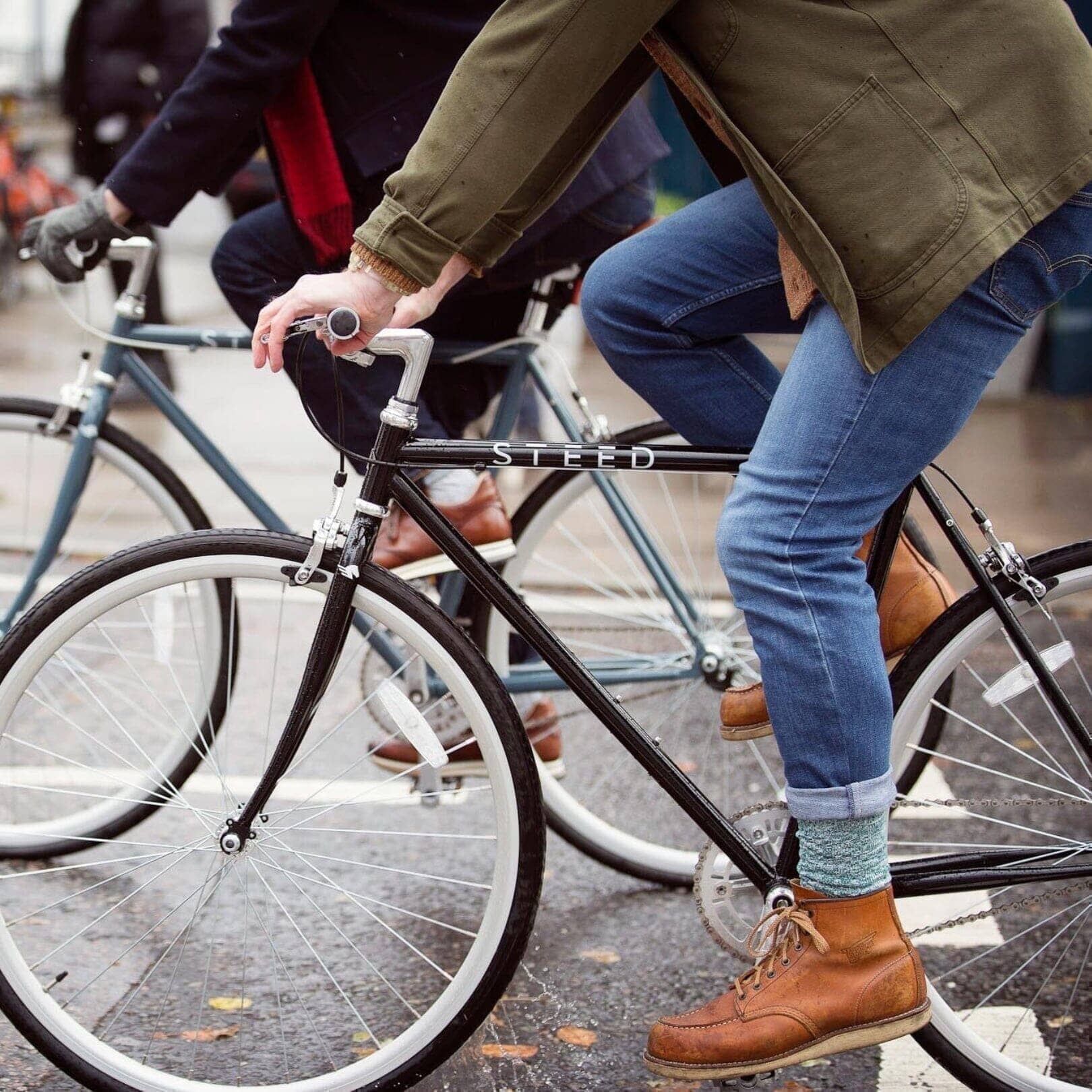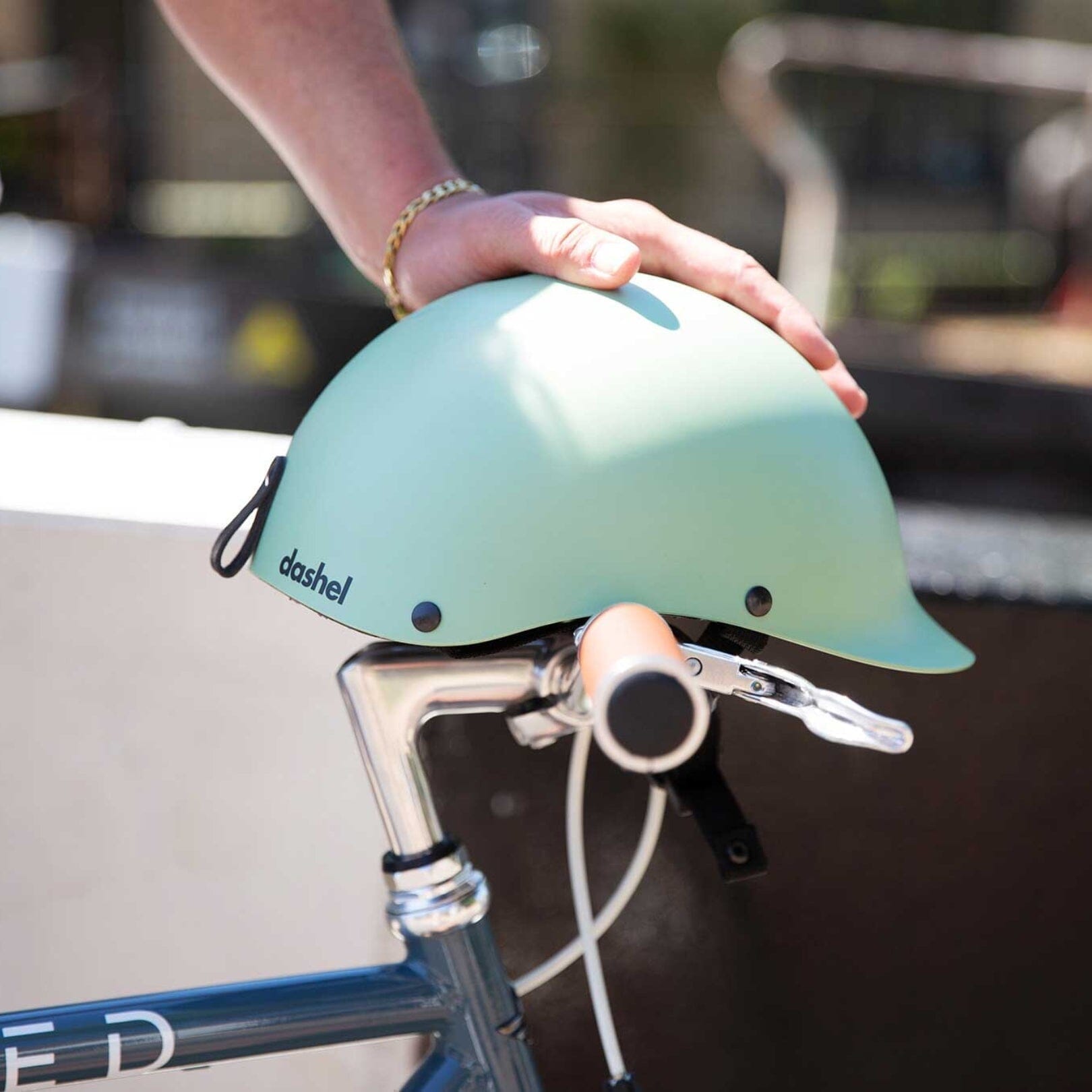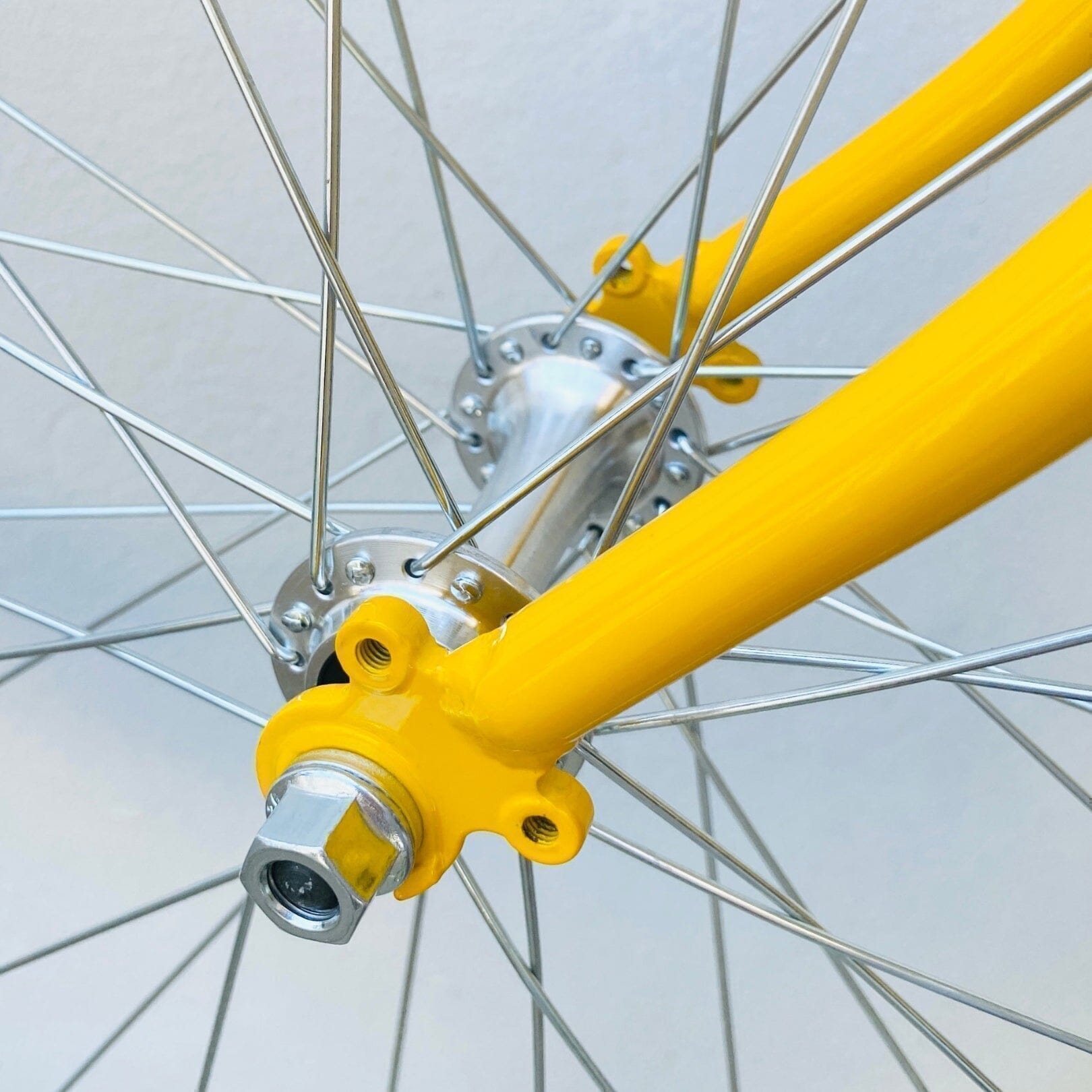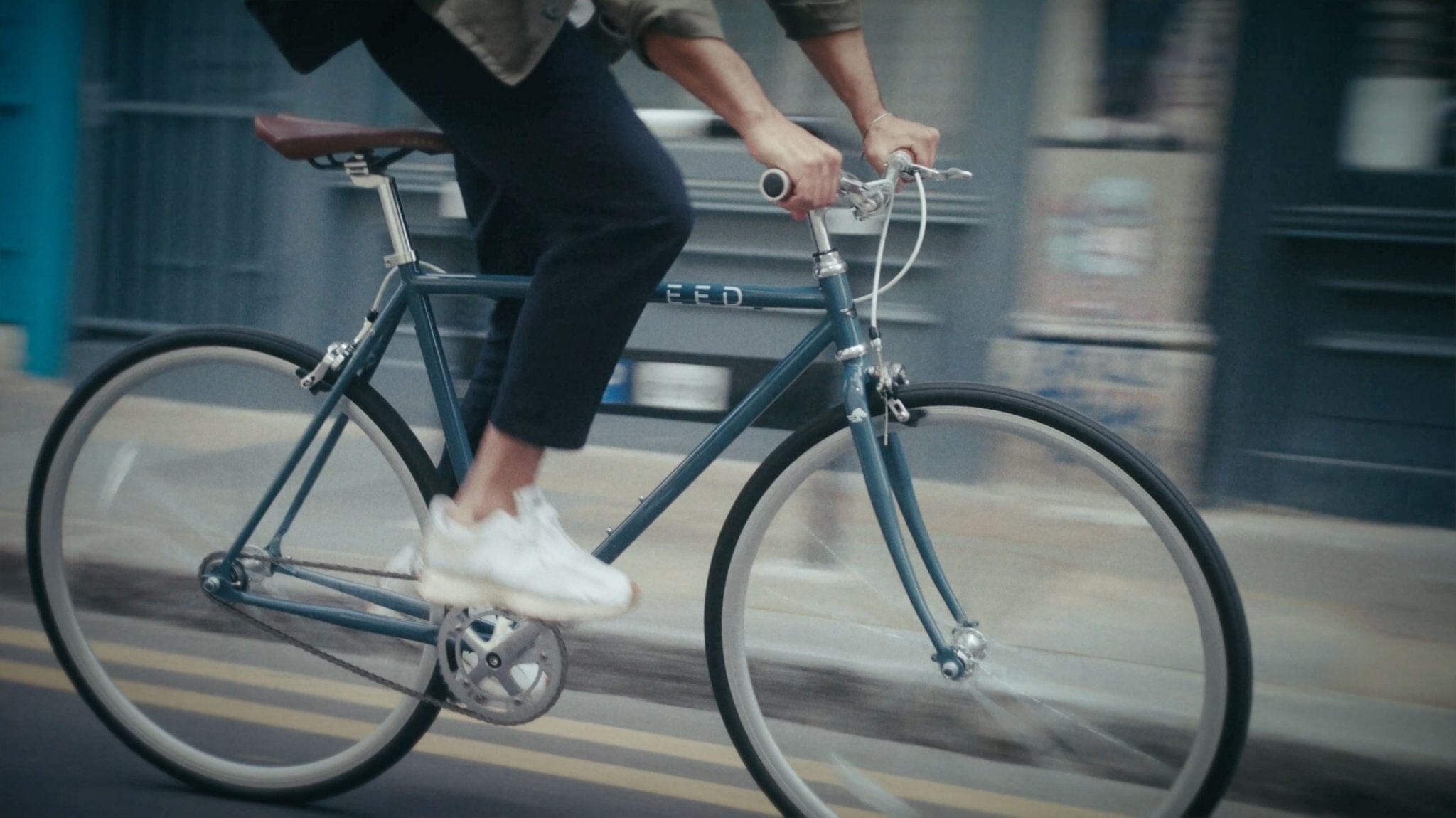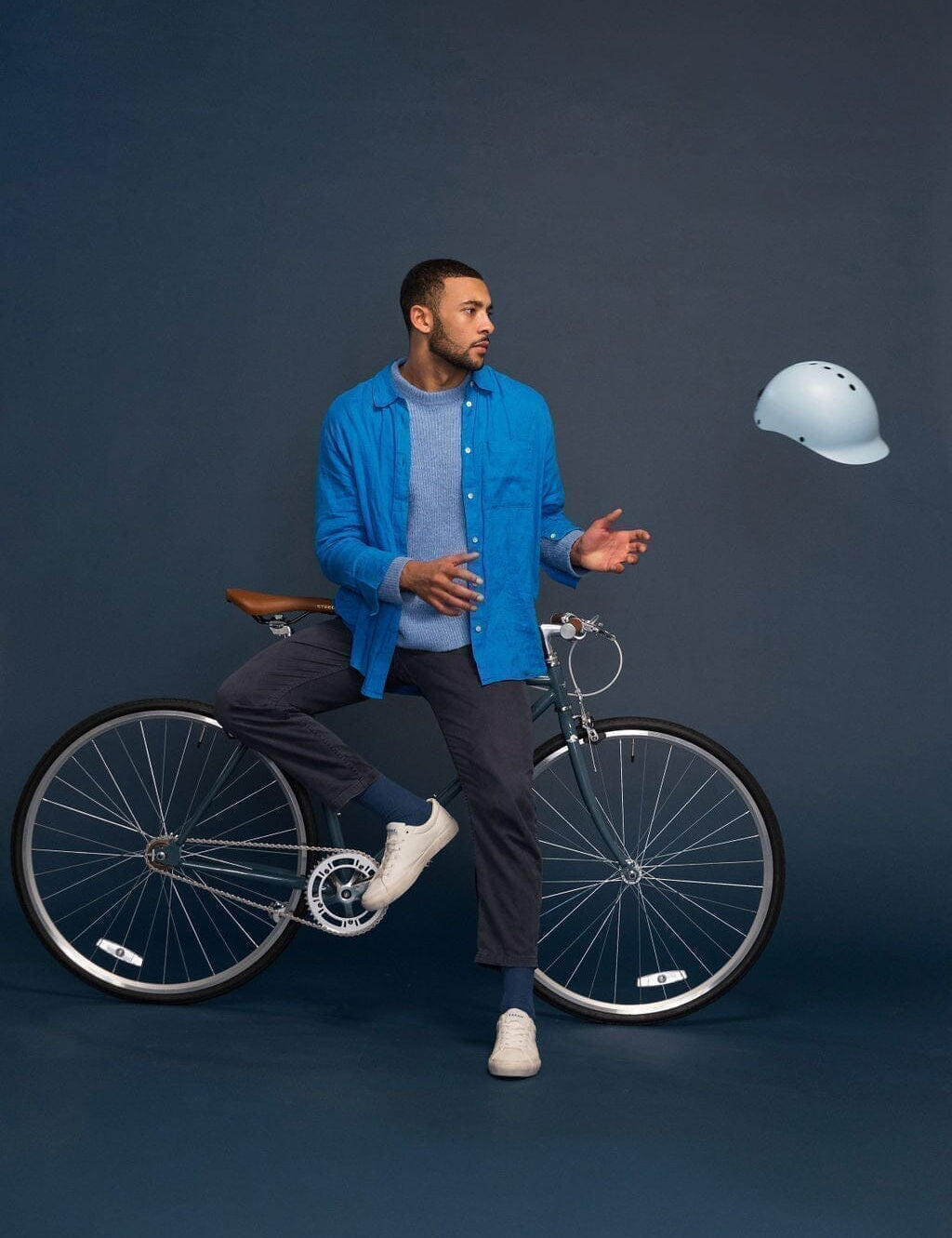The bike tool kit that every cyclist should have
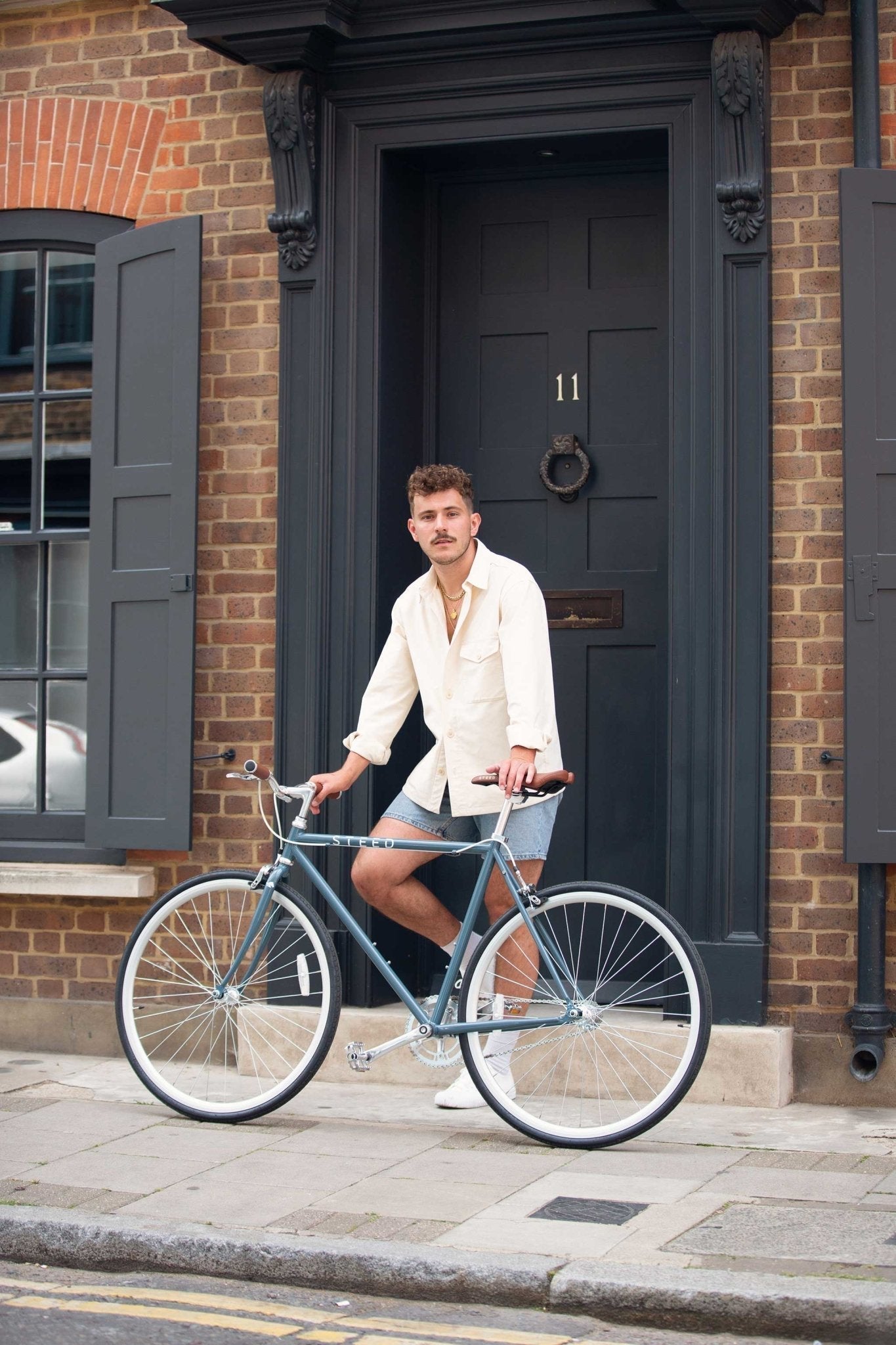
Cycling is a great way to experience the world. It allows you to travel at your own pace and go wherever you want. It's one of the best ways to explore nature and more importantly, it helps you to stay fit and healthy.
No matter which type of bike you ride, you'll need the essential tools for basic maintenance and repair, otherwise, the satisfaction of cycling can soon turn into a frustrating nightmare.
The good news is that you don't have to carry a large tool kit to be prepared for most eventualities. We've put together this list of the best bike tool kits and accessories to help you keep on riding smoothly.

Why should a cyclist carry tools?
You can make cycling much easier by carrying a simple set of tools with you. It's important to remember that even if your bike doesn't need a lot of maintenance, as is the case with single speed bikes, it is still a great idea to have a toolkit to help you out in case something does go wrong.
Essential tool kit to carry while cycling
These tools will let you fix your bike if it breaks down so you can keep on riding. Without further ado…here are the must-haves:
1. A multi-tool:
A good quality multi-tool is an essential item for any cyclist to have in their bike tool kit. Multi-tools are small and compact, which makes them very easy to transport.
They include a series of small tools, including Allen keys and screwdrivers, all housed in one small handheld device. You can use it to repair minor problems on your bike while out cycling. Some multi-tools also have a chain tool and tyre levers, so you can remove the tyre if necessary.
There are many different multi-tools available on the market, but you want one that is reliable and has all the essential tools you will need. Look for a full array, but as a minimum, get one that has different sized Allen keys, Torx keys and screwdriver heads.
2. A spare inner tube:
Punctures are inevitable in any form of cycling. Potholes, broken glass, or a stray nail can be enough to put a hole in your inner tube and leave you stranded.
Unless you are very unlucky and get two on the same ride, you can normally deal with a puncture by replacing the inner tube. It's often difficult to find a hole in the tube, especially if it is raining outside. You're much better off patching up the inner tube when you get home.
3. A puncture repair kit:
You know that very unlucky scenario we just mentioned? Well, here's where a puncture repair kit comes in.With a rubber solution and patches to cover up holes, It's helpful to carry a puncture repair kit for when you’ve already used your spare inner tube.A puncture repair kit will let you get home without having to resort to walking. It won't be as robust as a new tube but should suffice if used correctly.4. A tyre inflator:
There might be cases where there is no one around to help you with an air pump when you have a flat tyre. Be it a tube issue or low tyre pressure, having an inflator with you will help you out of any tricky situation.
Many cyclists prefer to carry a CO2 inflator system as they tend to be lighter in weight and less bulky. These will come in handy in case of a flat tyre or low pressure while on your journey and get you back in the saddle in record time.5. Food:
In addition to the tools you need to perform minor repairs while on the road, it's also a good idea to carry some snacks in your bike tool kit. Food is essential fuel for cycling.
It's a good idea to select some items that are easy to eat and can be eaten with one hand. Energy bars, dried fruits and nuts are good choices because they don't spoil easily.
6. A bag or saddlebag:
In our cycling dreams, these tools would appear magically when we need them, perhaps on a rainy day stranded on the side of the road.
Sadly, that's not the way it works, so cyclists should buy a reliable waterproof bag or saddlebag to carry their bike tool kit safely. This is the most convenient way to carry all essentials in addition to your kit, such as money and personal documents.

Frequently Asked Questions (FAQs)
We are here to help you make the most of your ride. If you can’t find the answer you need in our FAQs, please contact us via phone or email.
How to choose a bike tool kit
The first thing to consider when choosing a tool kit is what type of riding you do. If you're only going out on road rides, then a compact bike tool kit that fits in your pockets or saddlebag is ideal. It should have a few hex keys, some tyre levers and a multi-tool. It's not essential to have a whole host of tools unless you're into DIY bike maintenance.
If you ride a Steed Bike, carry a simple tool kit with the items we’ve outlined above. Your bike requires very little maintenance!
However, if you know you're going on longer rides or off-road riding where there are no local bike shops nearby, then consider buying a more comprehensive bike tool kit. This will allow you to fix minor repairs at the roadside and get back home safe and sound.
What is the weight of a bike tool kit?
Well, the weight of your bike tool kit is largely up to you. The weight will depend on the tools you choose to carry with you. But again, it shouldn't be heavy as to much extra weight can interfere with your ride. Try and keep to below 500kg. A decent multi-tool comes in at around 150g to 200g.

Summary
Hopefully, this list has given you some guidance on what to bring with you when riding your bike. Feel free to adjust the list based on your own cycling needs, but now transport yourself safely and securely every time you go for a ride.
Never underestimate the importance of being prepared. The chances are that nothing will happen to stop you from enjoying your ride, but it's always best to be safe rather than sorry!0 comments


